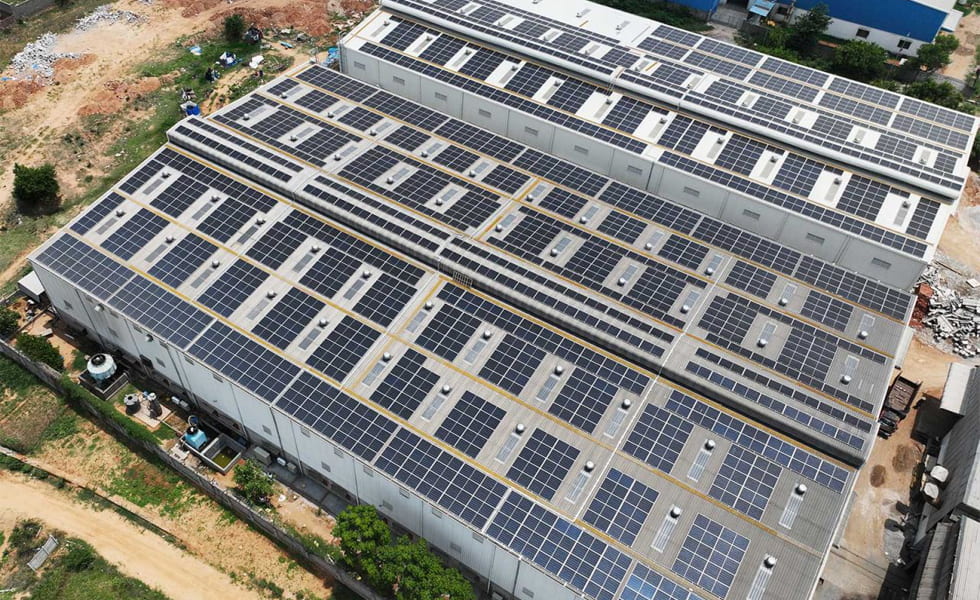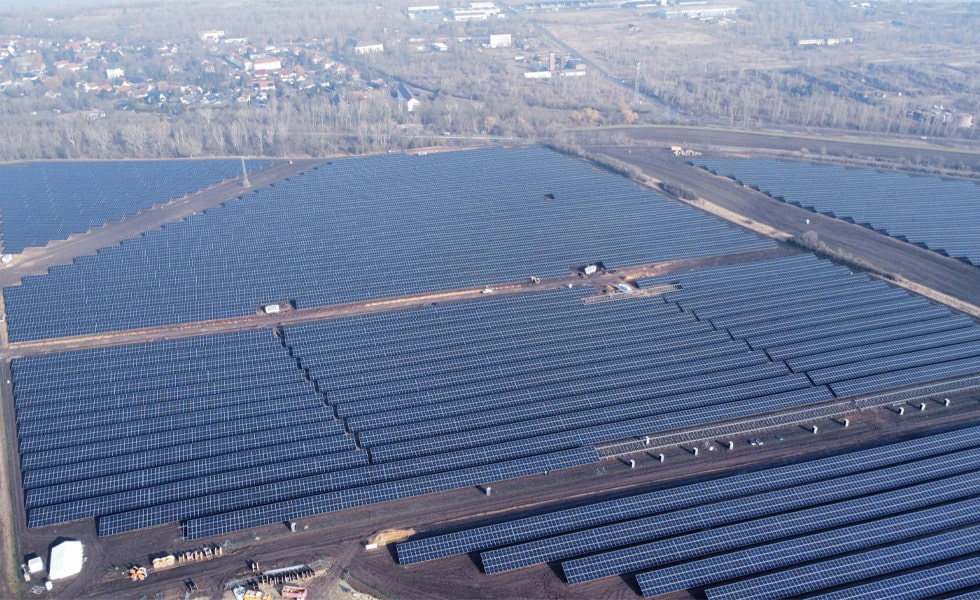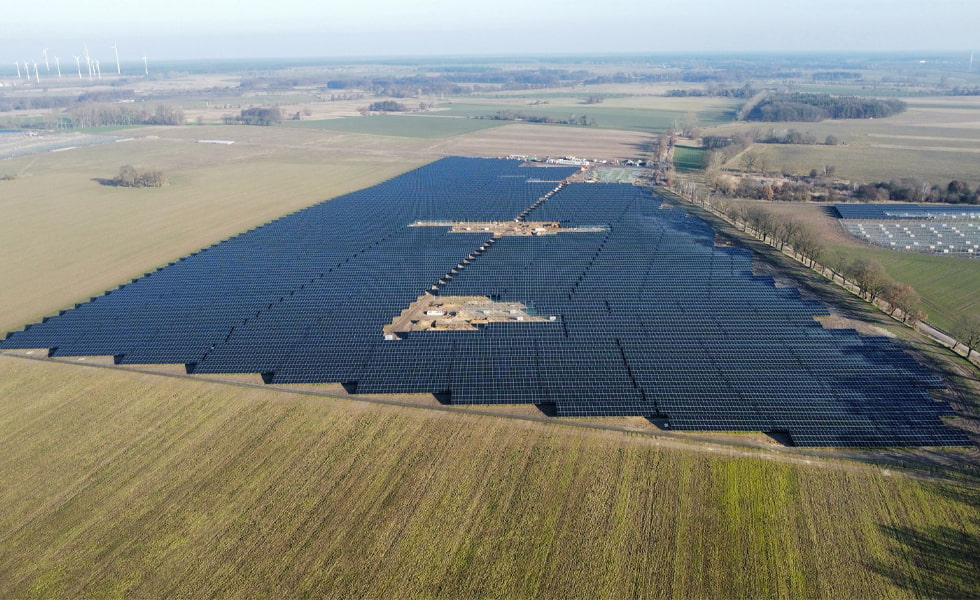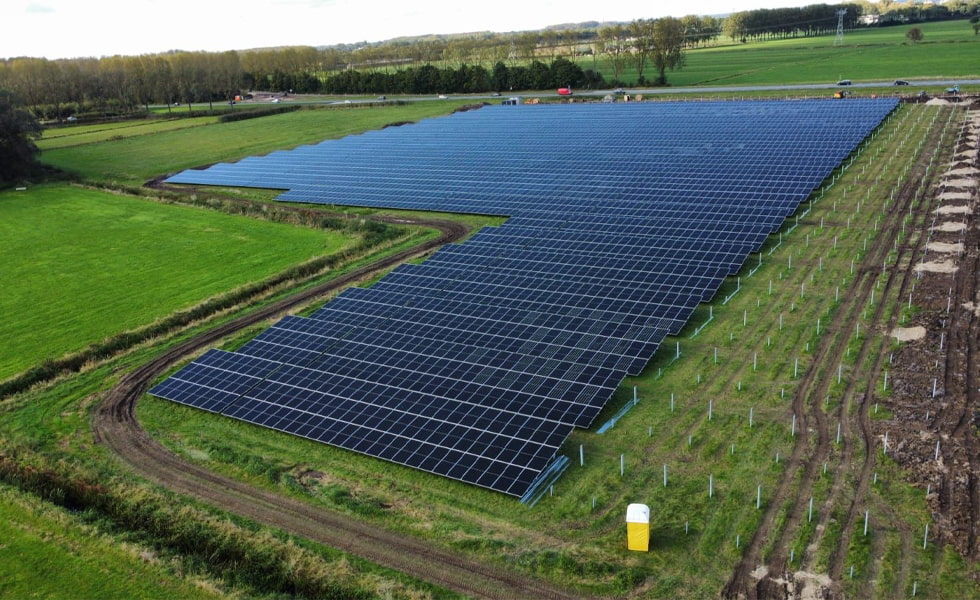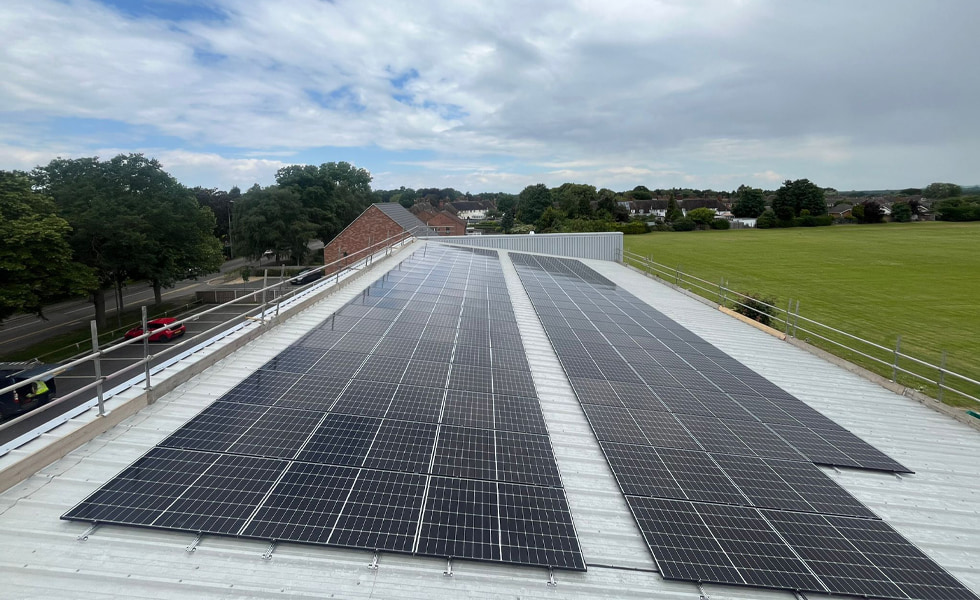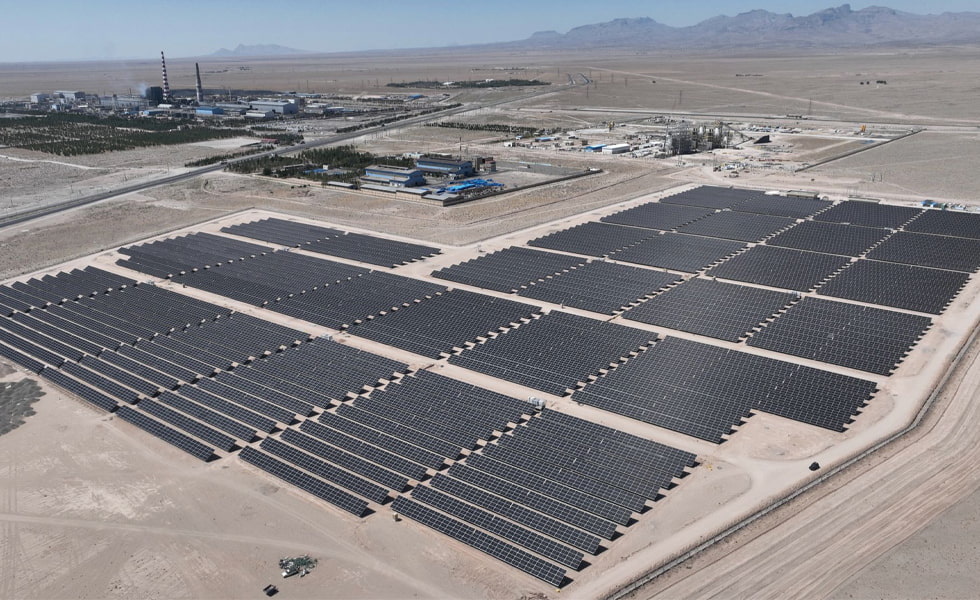Big news! Complete shutdown of coal-fired power! Will the "first market" of photovoltaic components usher in a reversal?
April 07, 2025
Photovoltaic energy in Europe is undergoing a new change. Just recently, Finland announced a major event in the energy field. On April 1, the Finnish government announced that as the country's two energy companies gradually shut down all coal-fired power plants, Finland will completely stop using coal in energy production this spring. The Finnish government issued a communiqué saying that this move is a key step in Finland's energy transformation, four years ahead of the statutory deadline. Fossil fuel-based energy production will be replaced by low-carbon, clean, and renewable solutions in the future, and Finland will usher in a more stable, sustainable and climate-friendly energy system. The Finnish government has made it clear that future electricity production will focus on the development of wind power, nuclear power, hydropower and solar energy, and will be supplemented by electric boilers, heat pumps, energy storage and other technologies to build a new energy system. This strategy is highly consistent with Europe's overall carbon neutrality goal. According to the EU plan, renewable energy must account for 45% of terminal energy consumption in 2030, and photovoltaics are seen as the core tool to achieve this goal. Finland's practice has proved that the coordinated efforts of policy guidance and market mechanisms can greatly accelerate the process of clean energy substitution. It is understood that Finland's coal withdrawal action stems from the "2029 Coal Ban Act" passed in 2019. Through large-scale investment in wind power, nuclear power and bioenergy, Finland's coal-fired power share has dropped sharply from 8% in 2016 to less than 1% in 2025, while wind power generation has soared to 25%, driving 26 billion euros of green industrial investment. Although Finland's current photovoltaic installed capacity is limited, and the Nordic countries have a relatively low demand for photovoltaics due to the high proportion of hydropower, their energy transformation path reveals the future trend of the European market: the withdrawal of fossil energy will inevitably be accompanied by a diversified layout of renewable energy, and photovoltaics will play a key role in it. Finland "retires from coal", and the photovoltaic pattern is reshaped Finland has never stopped investing in renewable energy. Previously, the Finnish government had agreed to provide priority facilities for green transformation projects between 2023 and 2026. In early 2023, the Finnish government also adopted a new hydrogen strategy, setting a goal of producing 1 million tons of green hydrogen by 2030, accounting for one-tenth of the EU's total target of 10 million green hydrogen. In fact, compared with other European countries, Finland's electricity market appears to be quite "unstable". In the past few years, Finland's energy system has undergone a major transformation. With the construction of the 1.6 GW new Olkiluoto 3 nuclear power plant in April 2023, Finland's t...
